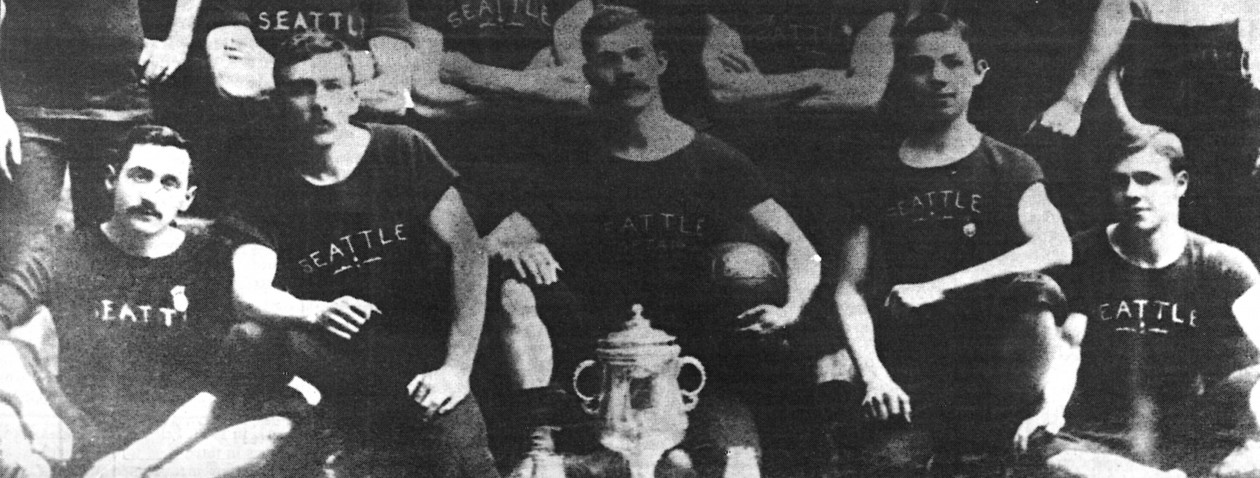When the Sounders marched alumni out onto the Lumen Field pitch on June 15, among them were men who never cashed a paycheck or played for any team playing under that name. They played for Football Club Seattle, arguably the most ‘Seattle’ team ever, stocked almost entirely of local players.
Yet FC Seattle is largely unknown to the average fan. It falls through the cracks between two Sounders iterations, the NASL and A-League. It never played before a home sellout crowd. It lasted just even seasons and was semipro, paying players for only two of those years.
Had FC Seattle adopted the Sounders name, it would fit neatly into the narrative. Instead, it opted for ‘Storm,’ developed the next wave of players for critical roles in two championship teams and kept the lights on around Puget Sound when most of American pro soccer was going dark.

Forty years ago, in 1984, when 11v11 professional soccer was in its death throes, FC Seattle was the future. It encompassed youth development plus women’s and men’s teams. It helped usher a new league. Without it, there would be an 11-year gap in our heritage and a few less trophies to squawk about.
What’s In a Name?
Stitching together a 50-year history in North American soccer ain’t easy. The graveyard of clubs since the first coast-to-coast league is littered with names ranging from obscure (Apollos) to flavorless (Team Hawaii) to iconic (Cosmos).
FC Seattle owner Bud Greer had at one time contemplated rescuing the NASL Sounders. After it folded and his new club took shape, he chose the name of his men’s premier league side. “The Sounders was a damaged name; it didn’t have a good reputation (in 1984),” noted Greer. A nickname was added after the second season.
Continue reading FC Seattle, 40 Years On – Part 3: The Legacy








